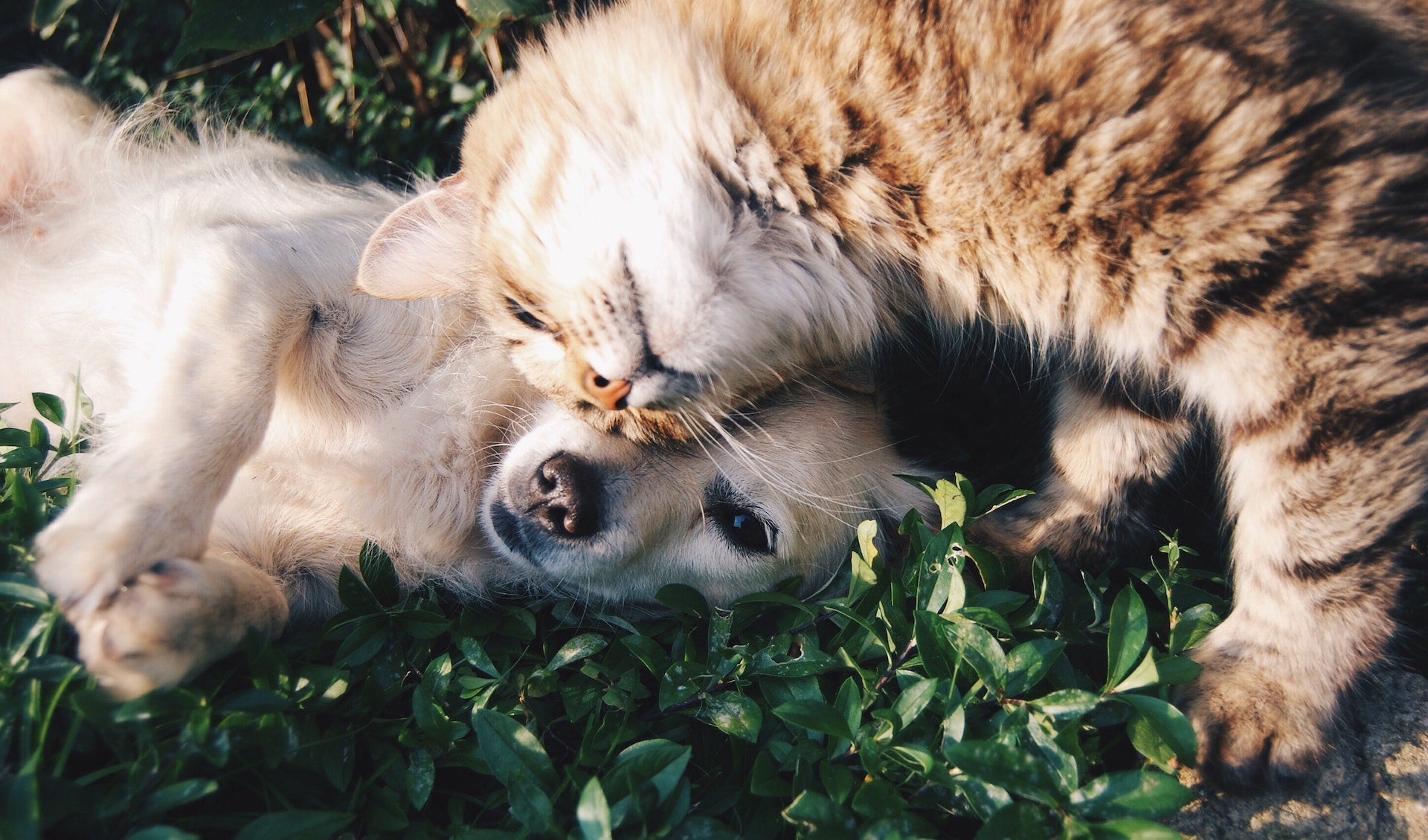Cats vs Dogs, which has the Better Sense of Smell?

Cats or Dogs, the ultimate versus battle of the pets.
In the world of scent detection, dogs often steal the spotlight while the olfactory prowess of cats is often overlooked. But let's set the record straight—cats have an impressive sense of smell. Not only can they rival dogs in sniffing abilities, but they can even outshine the legendary bloodhound when it comes to distinguishing between different scents!
Under the right conditions, a cat can detect smells up to 4 miles away, depending on wind strength and the scent source. With approximately 200 million olfactory receptors, cats possess more of these scent-detecting powerhouses than some dogs. What's more, they boast three times the number of V1R receptors, specifically designed to differentiate between a wide array of scents. So while a bloodhound may detect scents at greater distances, a cat can precisely discern the nature of a smell and its surrounding notes within a maximum range of four miles.
A cat's sense of smell surpasses its other senses—touch, sight, sound, and taste—from the moment it enters the world. This remarkable ability is attributed to the vomeronasal organ, also known as Jacobson's organ. Interestingly, this organ is not located in the nose but connected to it through cavities that run from the front tip of the upper mouth to the nose.
The magic lies in the combination of the nose and the vomeronasal organ. The nose functions like any other nose, without any extraordinary features. However, when working in harmony with the vomeronasal organ, it becomes a powerhouse of scent distinctions and range.
In simple terms, the nose picks up scents, and the vomeronasal organ swiftly sorts through them—a process that happens in a fraction of a second. Although cats don't possess as many receptors as bloodhounds, they still surpass humans by a wide margin.
While humans have around 5 million receptors, which we consider decent for distinguishing between various scents, a cat boasts up to 200 million receptors—a notable difference. Moreover, the vomeronasal organ provides cats with the ability to identify pheromones and other scents imperceptible to humans. This heightened sense of smell enables cats to perform a wide range of tasks, including finding food, hunting, communicating, mating, detecting danger, establishing territory, and building bonds.
Not only does the vomeronasal organ differentiate scents, but it also plays a role in a cat's marking behaviour. Cats mark objects and people not solely out of affection but to leave their distinct scent. By rubbing against various surfaces, they make their environment more familiar, safe, and comfortable. When multiple cats rub against the same objects, they merge their scents to create a shared familiarity with the environment and with each other.
If a cat urinates indoors or scratches furniture excessively, it may be an indication that its previous scent-marking efforts were not effective, possibly due to excessive cleaning. In such cases, the cat will escalate its marking behaviour.
Now, let's compare how far cats can smell versus dogs. Dogs have between 100 million and 300 million olfactory receptors, so whether cats have a more powerful sense of smell largely depends on the specific dog breed.
While bloodhounds are renowned for their ability to track scents over vast distances, cats excel in distinguishing individual scents quickly and efficiently. Other dog breeds are also exceptional in their olfactory abilities. Bulldogs, boxers, pugs, Boston terriers, and Pekingese—dogs with flat, square faces—tend to have lower olfactory capabilities. In comparison, the average alley cat likely possesses a superior sense of smell to these breeds. However, when comparing cats to bloodhounds, beagles, retrievers, and coonhounds, cats have a lower range but excel in differentiating similar scents.
Dogs have historically received recognition for their keen sense of smell, thanks to their working abilities. Whether it's hunting, herding, or retrieving, dogs have proven their olfactory prowess as invaluable companions for survival and companionship. Retrieving ducks, treeing raccoons, tracking criminals, guarding humans, detecting drugs, and flushing deer from cover are not the typical strengths associated with cats.
So in conclusion, how far cats can smell is comparable to dogs, and in some aspects, even surpasses them.
Cats possess a remarkable sense of smell. Never underestimate their capacity for olfactory sensations—it is the key to their everyday activities and their unique bond with you!
- Tags: Fragrance Education






